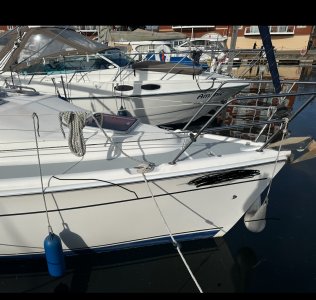Jackattack92
New member
Hi All,
About to move my new boat onto a swing mooring.
I was never happy with my last set on my old sadler 26 and now with a bigger hunter legend 306 want to ensure I get it right!
I was thinking a V setup 20mm bridal with 4 meters.
Any feedback much apppreciated.
About to move my new boat onto a swing mooring.
I was never happy with my last set on my old sadler 26 and now with a bigger hunter legend 306 want to ensure I get it right!
I was thinking a V setup 20mm bridal with 4 meters.
Any feedback much apppreciated.

